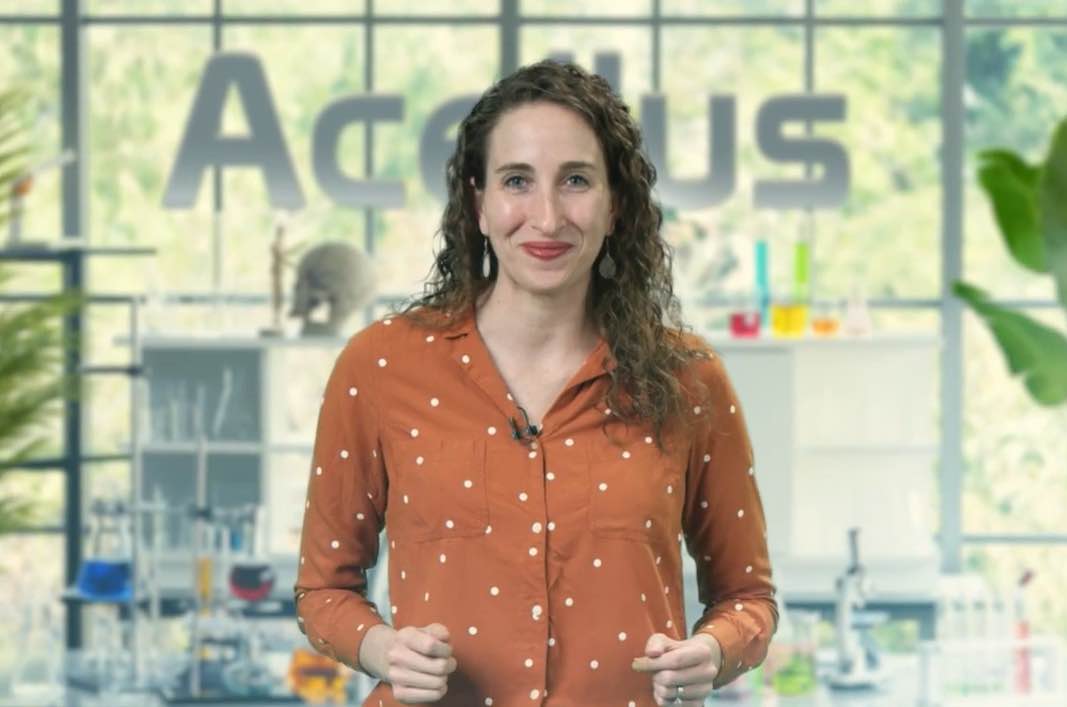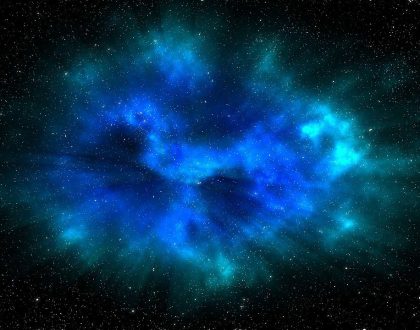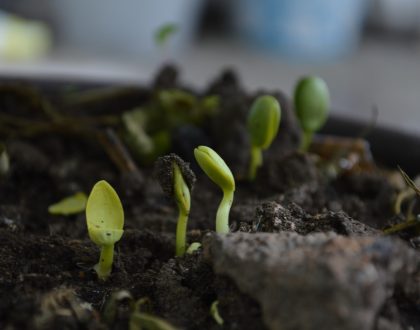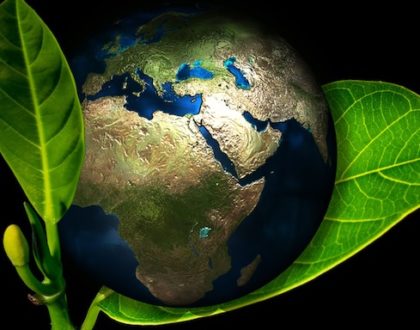Grade 3 Science
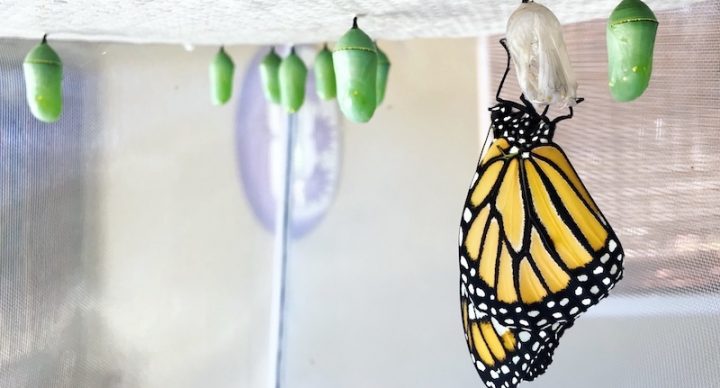
Course Features
Course Details
Course Overview
Acellus Grade 3 Science investigates topics in life, Earth, and physical science. Students will explore states of matter, energy in different forms, force and motion, Earth's natural processes, the solar system, ecosystems, and energy between organisms. Different types of scientists are introduced throughout this course, and students are encouraged to investigate how something works. On-camera experiments and examples enhance student understanding. Acellus Grade 3 Science is taught by Emily Rogers.
Sample Lesson - Exploring the World
 This course was developed by the International Academy of Science.
Learn More
This course was developed by the International Academy of Science.
Learn More
Scope and Sequence
Unit 1: Investigating Matter In this unit, students learn about what matter and how they can tell if something is matter or not. Students learn how to observe matter using their five senses and are introduced to tools used to measure physical properties of matter. By the end of this unit, students will know how to set up and carry out a scientific investigation, including organizing their data and communicating their results. Unit 2: Properties of Matter Now that students know what matter is, this unit dives deeper into studying the physical properties of different kinds of matter. Students learn how to measure properties of matter, including mass and temperature. Investigations are also conducted to figure out what physical properties allow an object to float or sink in water and what physical properties make an object magnetic or nonmagnetic. Unit 3: States of Matter This unit explores matter in three different states: solid, liquid, and gas. Students learn about each state of matter and the differences in their physical properties. Taking this a knowledge a step further, students learn to recognize what causes matter to change states and how the physical properties of this matter can be measured and investigated. Unit 4: Mixtures In this unit, students learn what a mixture is and ways to separate a mixture using different tools. Students are then be able to apply what they learned about physical properties to identify the most efficient way to separate a given mixture. Unit 5: Energy In this unit, students learn about different forms of energy. Mechanical energy, light energy, thermal energy, and sound energy are all taught in this unit. In addition to being able to recognize different forms of energy, students also learn about how physical properties of matter can change when thermal energy is applied to them. Unit 6: Forces and Engineering In this unit, students learn how an object’s position and motion can change when a force is applied. Students also learn the steps of the engineering design process, how to identify a solution to a problem, how to improve a design so it works better for its intended purpose, and what an engineer might do or study. Unit 7: Studying Force Delving deeper into force, this unit focuses on collecting data and analyzing patterns in force through investigations. During this unit, students explore force using swings, balls, and wagons, as well as other everyday objects to recognize how the amount of force applied and the direction the force is applied to an object can be used to predicted how the object’s position and motion will change. Unit 8: Forces In this unit, students continue to learn about more different types of forces. The job of a physicist is introduced, and students learn about magnetic force and gravitational force, as well as balanced and unbalanced forces. The engineering design process is also presented again, this time with real-world applications so that students get a chance to deepen their understanding of how they could use this process in their own lives. Unit 9: Natural Resources This unit explores the natural resources found on Earth and the job of an environmental engineer. Students learn about how to identify a natural resource and ways that natural resources can be used and misused. They also learn ways that they can conserve the natural resources they use by reducing, reusing, and recycling them. Unit 10: Slow Changes to Earth's Surface In this unit, the process of weathering and erosion is studied and students learn how these natural processes affect the Earth’s surface. They also learn about different types of weathering, such as weathering by water, ice, and wind. Later in the unit, the process of decomposition is revealed to understand how some parts of soil are made. Unit 11: Earth's Natural Processes The formation of soil and some of Earth’s natural processes are the focus of this unit. Students learn about the different components of soil and how to make their own compost. They also learn about powerful natural processes, including volcanoes, earthquakes, and landslides and the types of scientists that study them. The affects of these processes on Earth’s surface are analyzed, and students get to learn about how models can be used to represent these natural phenomenas. Unit 12: Weather This unit covers ways to observe, measure, and record weather. Students explore weather using different weather tools such as a thermometer, rain gauge, wind sock, compass, wine vane, and anemometer. Later in the unit, students learn how they can make their own weather tools at home. Unit 13: Studying Weather Data In this unit, students apply what they learned about weather to make observations about recorded weather data. Students get to analyze weather data throughout the four seasons and around the world, recognizing patterns. They also learn about how meteorologists study weather and use tools to predict upcoming weather. Dangerous weather is discussed and actions that they can be taken to protect themselves and structures during severe weather. Unit 14: Our Solar System This unit focuses on the celestial bodies in our solar system. Students learn characteristics of the Sun and the order of the eight planets orbiting it. They then explore how models can be used to show the relationship between the Sun, Earth, and Moon. Later in the unit, students learn about the patterns that can be seen in the sky and scientists that study these patterns and other aspects of space. Unit 15: Ecosystems In this unit, students learn about different environments and the living and nonliving things that make up each environment. Life in the desert, forest, tundra, and water sources are all explored in this unit, with an emphasis on the characteristics of the environment that supports life. Students also learn about why it would be beneficial for some animals to live in a group. Unit 16: Energy Between Organisms The focal point of this unit is on the movement of energy from one organism to the next. Students start by learning what a food chain is and the difference between a producer and a consumer. Then they focus on carnivores, herbivores, and omnivores and their interaction within a food chain. Lastly, students learn about a type of scientist that studies these interactions between organisms. Unit 17: Animals and Their Environment In this unit, students are challenged to think about how a change in an environment could affect the organisms that live there. Students learn what plants and animals needs to survive, and how they might respond to an environmental change, both by natural causes and by humans. Students get an opportunity to explore scientific data as well as how they could potentially come up with a solution to an environmental change that poses a problem for some species. Unit 18: Traits and Fossils This unit delves into the traits of different species and where these traits come from, along with what we can learn by studying fossils. Students learn about how an organism’s traits help it survive in its environment and how these traits can change over time to meet their needs. Different types of fossils are studied to learn about what life was like at the time to organism perished, and students are introduced to the job of a biologist, paleontologist, and geneticist. Unit 19: Organism Survival In this unit, students continue to explore what how plants and animals are able to survive in their environment. They learn how each structure of an organism serves a purpose and plays a key role in the organism’s survival. Unit 20: Life Cycles This unit explores the life cycles of different organisms, including both plants and animals. Students learn that while each organism has its own life cycle, there are often a lot of similarities between life cycles. They also learn about complete and incomplete metamorphosis and how to tell the difference. This unit wraps up with students exploring the job of a zoologist.
This course does not have any sections.


